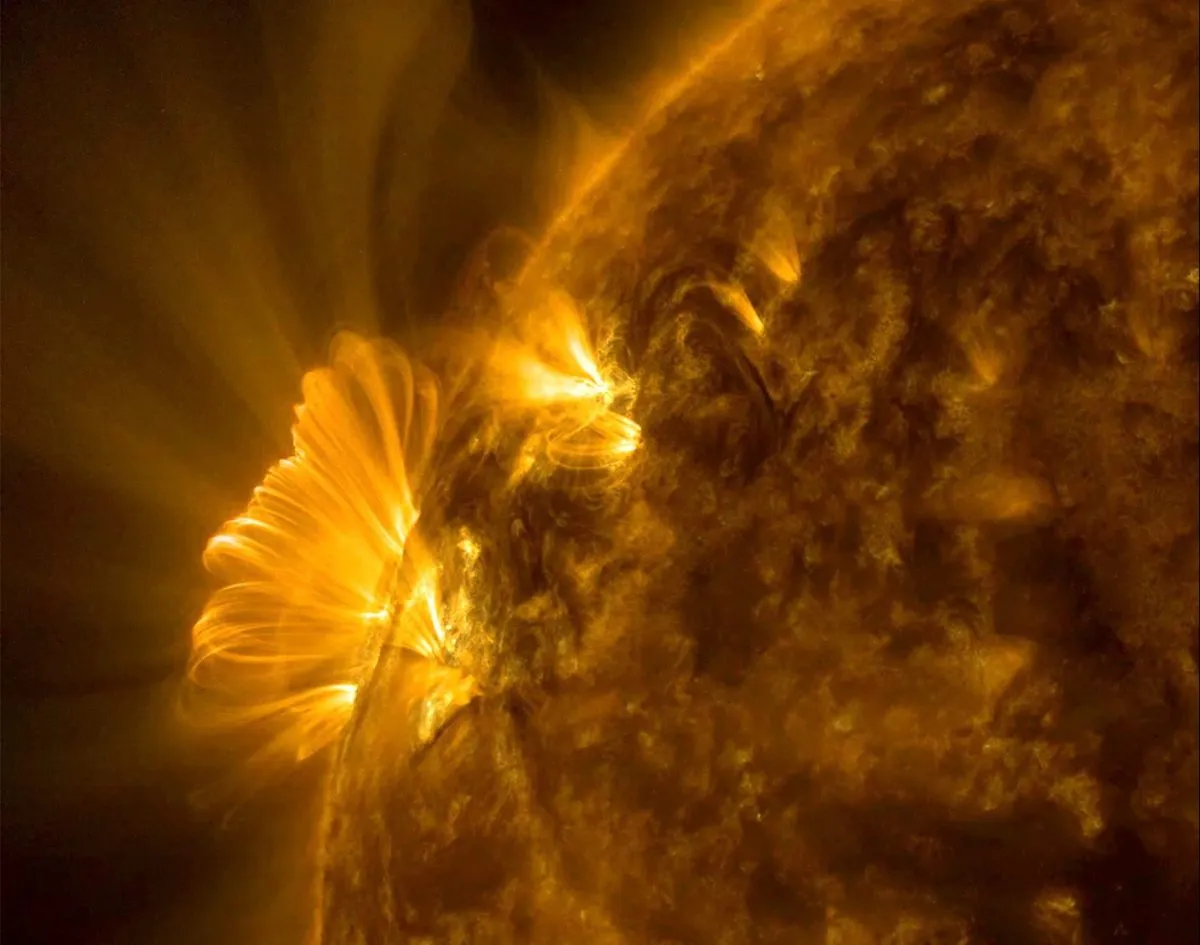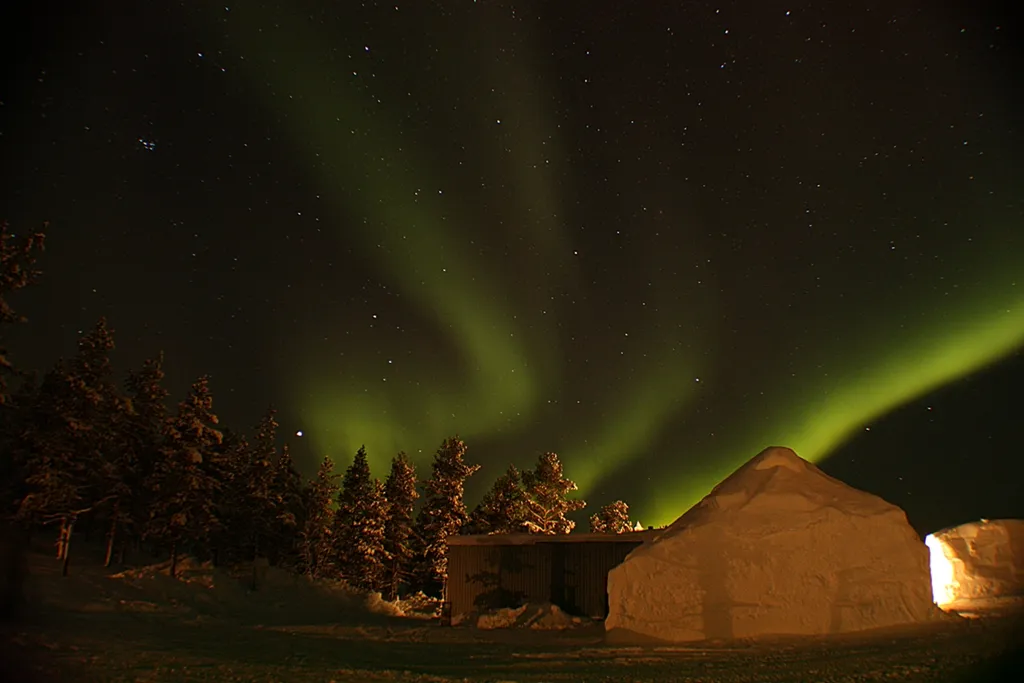While it’s the Northern Lights, or aurora borealis, that are more commonly observed – due to the fact that their swirls of light dance over a greater land mass in the northern hemisphere – each display in the north will have a twin in the south.
The aurora australis, or Southern Lights, have near-identical features that change at almost the same time.
And no matter where you are to observe them, you don’t need a telescope or even binoculars: the best view is with your own eyes as their wide field of view is best suited to taking in the play of light across large parts of the sky.
While some more energetic displays will be visible as far south as the UK, the aurora are more common if you’re under the auroral oval.
Centred on the Earth’s magnetic poles, the ovals trace rings of dancing light that roughly follow the Arctic and Antarctic Circles, and the best chances to view the aurora are from countries this far north or south.
When the Sun throws out a CME or a solar flare, the amount of charged particles streaming into space on the solar wind is boosted significantly.
If these outbursts of material are directed towards the Earth, the oval can enlarge enough to reach northern Europe and America, allowing us to see a display from our own homes.
The chances of a more wide-ranging display are also increased in the run up to a solar maximum as more sunspots appear, so over the next few years we could see displays reaching this far south again.
Aurora occur from 80 to 300km in altitude, far above the height that passenger aircraft typically fly (around 10km). However, the International Space Station and Space Shuttle can and have flown through the upper reaches of an energetic display, giving rise to some stunning views.

Auroral types
An auroral display can take many forms and can change very quickly. A general glow stretching across the sky from east to west is called an arc and usually has a well-defined lower edge.
If the arc has an irregular lower edge, then it is known as a band.
Another common shape witnessed in a display are rays, which look like shafts of light stretching upwards into the sky and are, in effect, a direct way of seeing the Earth’s magnetic field lines.
These can occur on their own or in a group. If an arc or band contains rays within it, then it is known as a rayed arc or rayed band.
If a band shows kinks and folds, these are known as curtains or drapery.
Patches are just that – an auroral glow that has no particular shape and can come and go. Veils are a general glow covering more of the sky, but with little structure.
In a very large and active display, the rays may even appear to converge directly above you, giving rise to an auroral crown or corona.
Aurora observers also add descriptions about how quickly a display changes. If it just hangs there in the sky with little or no movement, then it’s said to be quiet.
If it fades and brightens, a display can be called pulsating.
When the aurora displays rapid but subtle changes, it is said to be flickering, while dramatic and quick-changing features – especially in the rays – are flaming.
Lastly, streaming occurs along the length of a band when a bright patch ripples along it.

Whether you see colour in an auroral display depends on its brightness.Faint displays will appear monochrome, with differing shades of grey.
However, most commonly the aurora has a green colour – light given off by oxygen in our atmosphere.
Red can also be present, especially in the upper rays, as this colour comes from oxygen higher in our atmosphere, while blues and purples can appear in very bright displays when nitrogen becomes excited.
There’s an internationally recognised scale for measuring the brightness of the aurora, called the International Brightness Coefficient (IBC).
This runs from I – faint – to IV – bright. An IBC I display is about the brightness of the Milky Way, with minimal colour present.
IBC II looks similar to moonlit cirrus cloud and may have a slight greenish colour.
IBC III is similar to bright, moonlit, low-altitude clouds with obvious colour, while IBC IV is bright enough to read by, and to cast shadows.
In the past, auroral displays were difficult to predict, but now satellites such as the Solar Dynamics Observatory constantly monitor the Sun and the solar wind it throws off to provide early warning of its effects on Earth.
There are several websites with email alert services that give early warning for potential displays, such as aurorawatch.lancs.ac.uk for alerts in the UK, and www.spaceweather.com for a more international perspective.
With these space weather reports, we’re better prepared than ever before for witnessing a display.
All that remains then is for the local weather to play ball as well.
